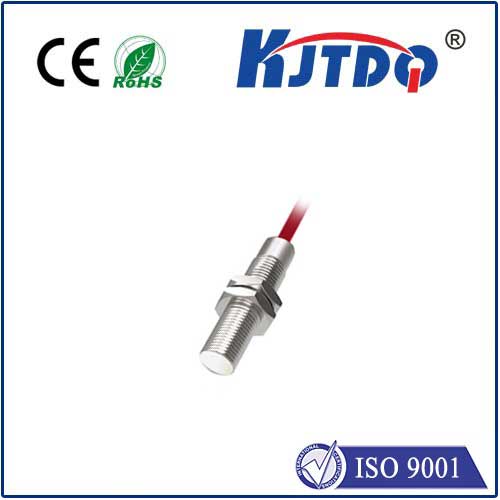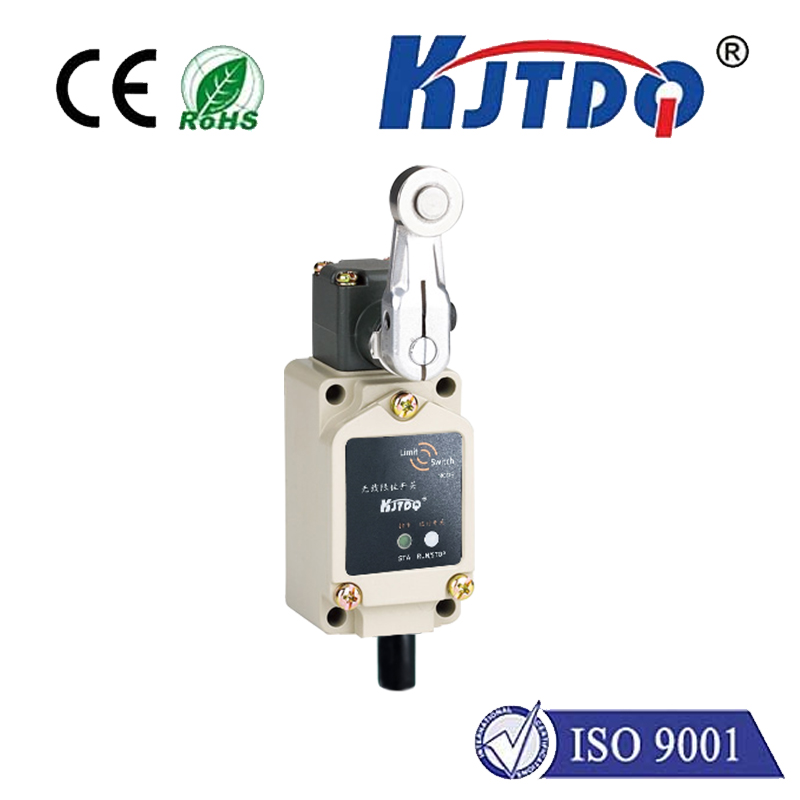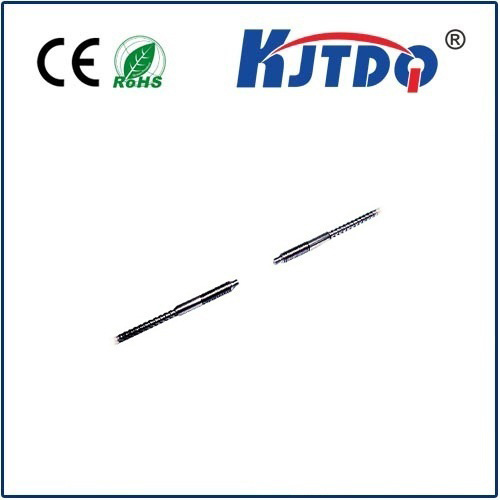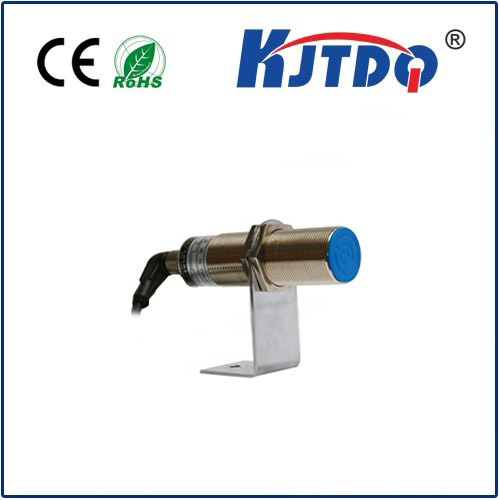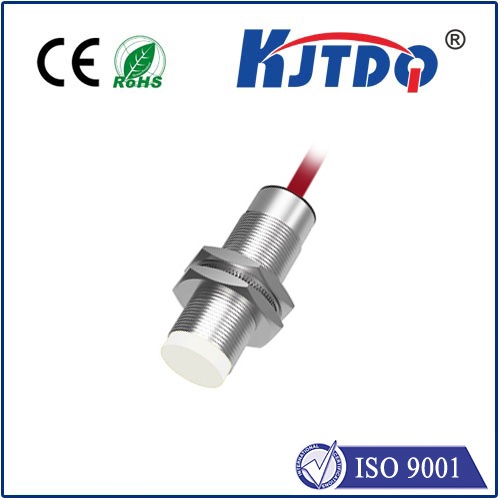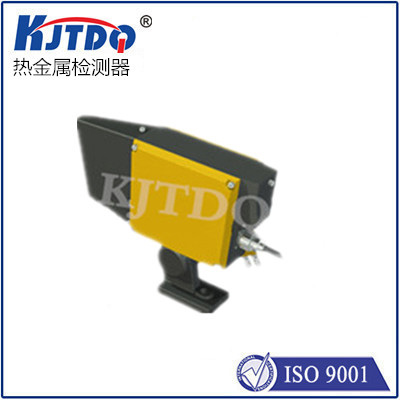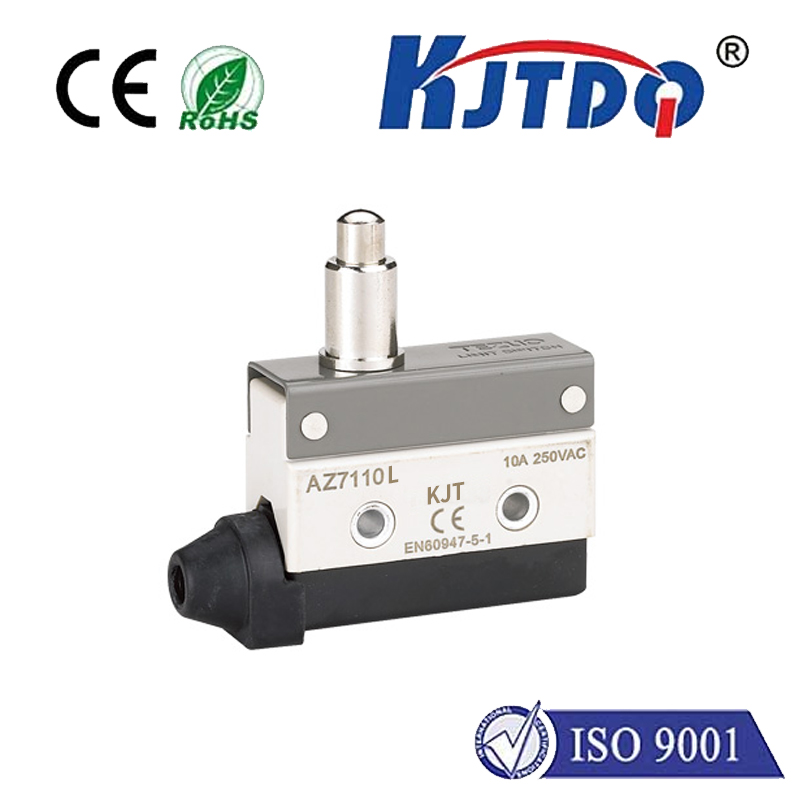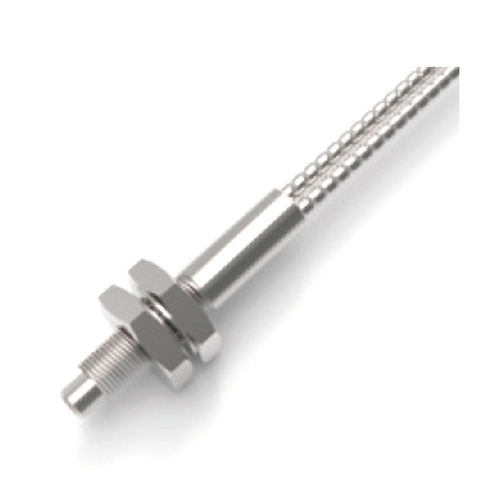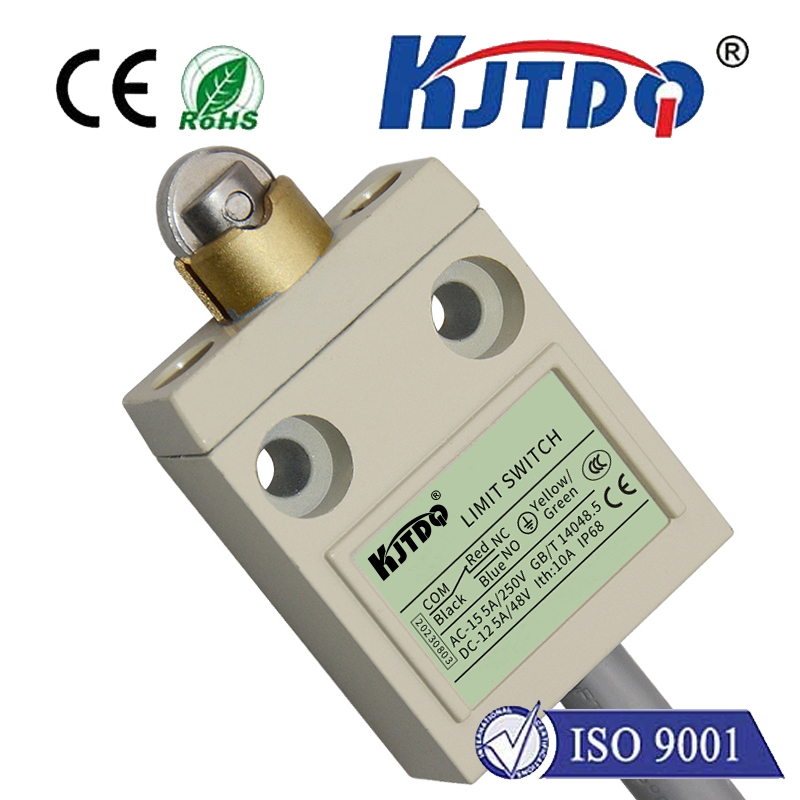

check

check

check

check

check

check

check

check

check

check
Exploring the World of Photoelectric Proximity Sensors: A Price Guide
Photoelectric proximity sensors are essential components in various industrial applications, ranging from manufacturing to automation. These sensors use a beam of light to detect objects or measure distances without making physical contact. With their high accuracy and reliability, photoelectric proximity sensors have become a popular choice for many industries.
However, selecting the right photoelectric proximity sensor can be a daunting task, especially when considering factors such as price, performance, and compatibility with your system. In this article, we will discuss the key aspects to consider when choosing a photoelectric proximity sensor and provide you with a guide to the different types available on the market today.
Factors to Consider When Choosing a Photoelectric Proximity Sensor

1. Application: The first step in selecting a photoelectric proximity sensor is determining your specific application requirements. This includes the type of object you need to detect, the distance between the sensor and the object, and the environmental conditions in which the sensor will operate. Different photoelectric proximity sensors are designed for different applications, so it's crucial to choose one that meets your needs.
2. Sensing Range: Another important factor to consider is the sensing range of the photoelectric proximity sensor. This refers to the maximum distance at which the sensor can detect an object accurately. Depending on your application, you may require a sensor with a long or short sensing range. It's essential to choose a sensor with a suitable sensing range to ensure accurate detection and avoid false triggers.
3. Price: Of course, price is always a significant consideration when making any purchase decision. Photoelectric proximity sensors come in various price ranges, depending on their features, capabilities, and brand reputation. While it's tempting to opt for the cheapest option available, it's essential to strike a balance between cost and quality. Investing in a higher-priced sensor may provide better performance, reliability, and durability over time.
Types of Photoelectric Proximity Sensors Available on the Market Today
1. Through-Beam Sensors: These sensors consist of a transmitter and receiver unit placed opposite each other, creating a beam of light that is interrupted by an object passing through it. Through-beam sensors are ideal for applications where accurate detection is required, such as conveyor belt monitoring or packaging machinery. They typically offer longer sensing ranges than other types of photoelectric proximity sensors but may be more expensive due to their complexity.
2. Retroreflective Sensors: Unlike through-beam sensors, retroreflective sensors use a single unit that contains both the transmitter and receiver elements. They work by bouncing a beam of light off a reflector surface mounted opposite the sensor. Retroreflective sensors are commonly used in applications where space is limited or installation of additional components is not feasible. They tend to be less expensive than through-beam sensors but may have shorter sensing ranges.
3. Diffuse Sensors: Diffuse sensors use a single unit similar to retroreflective sensors but do not require a reflector surface. Instead, they rely on the reflection of light off the target object itself to detect its presence. Diffuse sensors are ideal for applications where precise positioning of a reflector surface is difficult or impossible, such as detecting randomly shaped objects or liquid levels in tanks. They typically offer shorter sensing ranges than through-beam or retroreflective sensors but are often more affordable options.
Conclusion
In conclusion, choosing the right photoelectric proximity sensor requires careful consideration of several factors, including application requirements, sensing range, and price. With numerous options available on the market today, it's essential to select a sensor that meets your specific needs while also being cost-effective. By understanding the different types of photoelectric proximity sensors and their unique features, you can make an informed decision that will help improve the efficiency and accuracy of your industrial processes.
